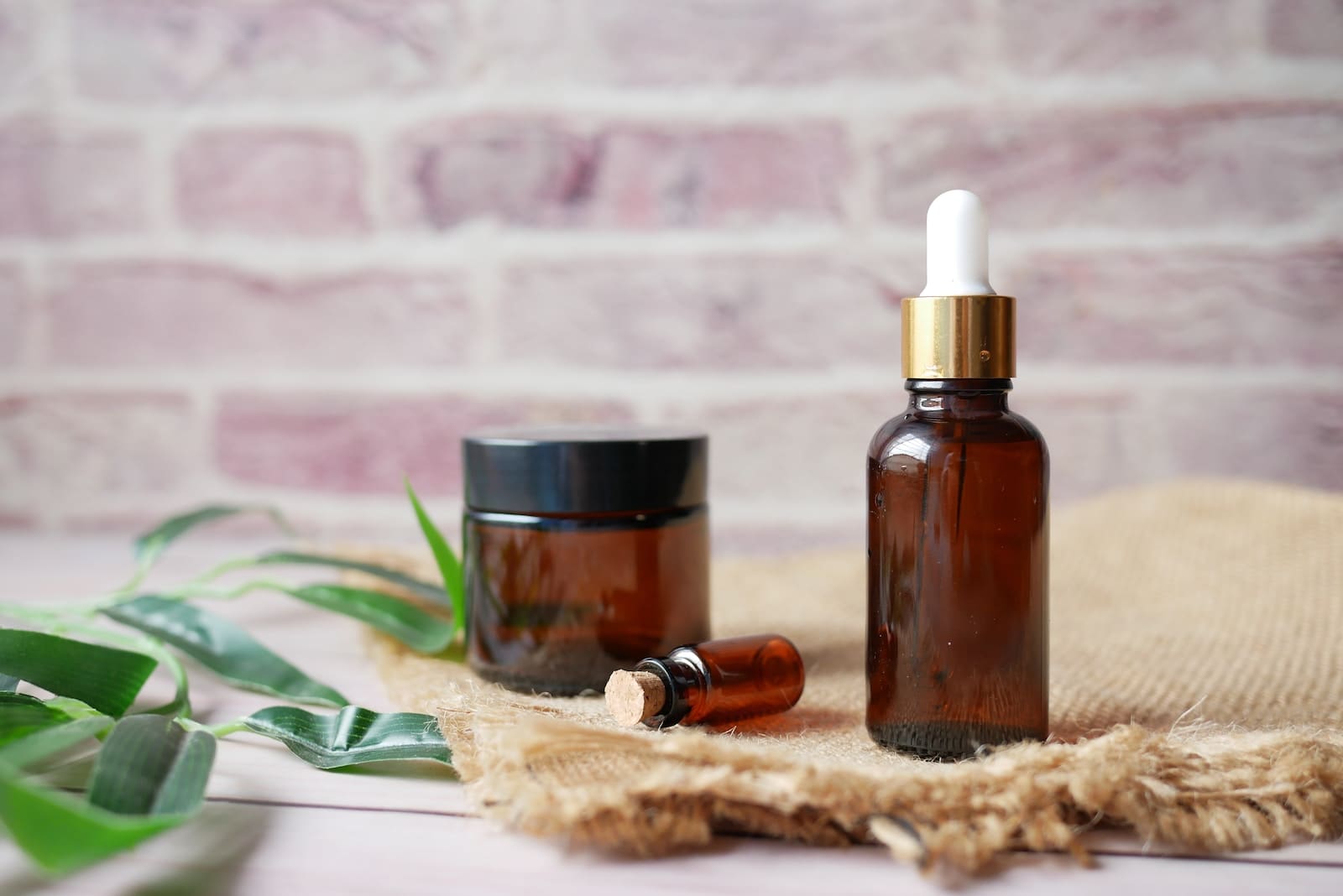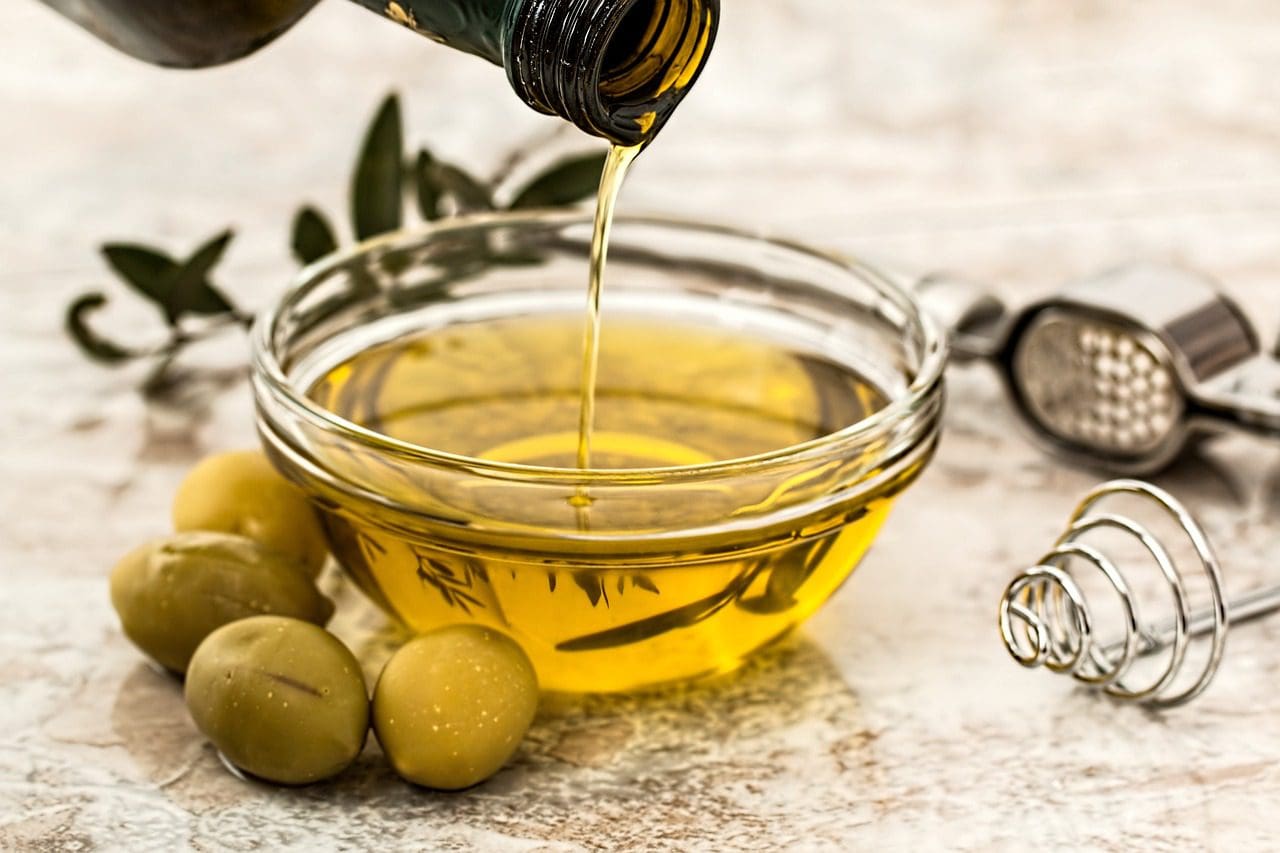When it comes to aromatherapy, it’s easy to mix vegetable oils and essential oils. Although both types of oils are genuine and have medicinal characteristics, they are made in distinct methods.
In aromatherapy, a variety of vegetable oils and essential oils are employed. Vegetable oils and essential oils possess diverse qualities, applications, and advantages, even though they both come via a natural organic extraction mechanism.
Key Takeaways
- Essential oils are highly concentrated, aromatic plant extracts, while vegetable oils are fatty acids derived from plant sources.
- Essential oils have therapeutic properties and are used in aromatherapy, whereas vegetable oils serve as cooking and salad oils.
- Vegetable oils are edible, but essential oils should only be consumed with proper dilution or guidance.
Essential Oil vs Vegetable Oil
Essential oils are concentrated extracts of beneficial compounds from plants. Essential oils are used for aromatherapy, stress relief, fungal infections, etc. Vegetable oils are fatty, non-volatile oils extracted from seeds or nuts and are used for cooking and skin moisturizing.

Plants are used to obtain essential oils. However, the oil is derived from the environment in a variety of methods. Furthermore, steam-distill or cold-compressed oils are the most frequent forms of this oil.
The glandular bristles, as well as the center of the herb, containing flowers, grass, foliage, and stems, are used to separate these oils. These are very flammable and can quickly dissipate at room temperature.
The rising warmth causes plants to exude their aroma throughout the summer. Alcohol dissolves the essential oils quickly.
Natural oils produced from a wide range of plants are known as vegetable oils. The section of the shrub from which the oil is taken, on the other hand, is determined by the species of plant.
Some components of the species, particularly the leaves, are used to separate the oil. When it pertains to certain plants, nevertheless, it is removed from the kernel. Vegetable oils are commonly referred to as fixed oils.
Comparison Table
| Parameters of Comparison | Essential Oil | Vegetable Oil |
|---|---|---|
| Composition | Triterpenes, non-terpenoids, and fragrant compounds. | Glycerol holds fatty molecules together. |
| Classification of Chemicals | Unsaponifiable fats are fats that cannot be dissolved in water. | Fats that can be saponified. |
| Sources | Essential oil-rich plants, such as peppermint, labiates, and cardamom. | Nuts, peanuts, avocado, peppers, coconut, beeswax, and other ingredients are sourced. |
| Extraction | Distillation. | Using solvents or hydraulic procedures. |
| Uses | Perfumery, aromatherapy, and alternative treatments such as massage oils, creams, and so forth are all used. | Cosmetics, healthcare, and nutrition |
What is Essential Oil?
Essential oil is a flammable substance derived by thermal distilling an attractive plant or portions of the species, such as the blade, root, berry, wood, blossom, and so on.
As a result, it’s a viscous liquid that contains a saturated and nuanced fragrant plant excerpt. Citrus essential oils are extracted from the fruit’s seed coat uniquely.
For the greatest effects, it is strongly advised to dissolve essential oils in vegetable oils; the two blend beautifully; nonetheless, knowing how to observe dosages is still required. Different than vegetable oils, other substrates can be used to diminish essential oils.
It should be mentioned, although, that essential oils demand just a basic understanding of how to use them. They can be quite powerful; occasionally neurotoxic, frequently abortive, and are not suggested for maternity or nursing women, infants beneath the age of six, or persons with epileptic or hormone-dependent malignancies.
It’s also worth noting that because essential oils aren’t soluble with water, they can’t be utilized as a diluting foundation.
It must be taxonomically characterized and originate from certain plant tissue. It must likewise be chemotypes, as well as being completely pure and spontaneous.
Essential oils are also utilized for a variety of medicinal problems, as well as in aromatherapy and relaxation. When essential oils are mixed with vegetable oil, a wonderful hygiene product has been developed.

What is Vegetable Oil?
Vegetable oil is a greasy compound prepared by fast squeezing the seeds, fruits, or hazelnuts of a malodorous plant that contains lipids. Cold-pressed vegetable oils, for starters, have a moisturizing effect on makeup.
They increase cellular functions and preserve the complexion from aging whether used straight on the surface or when combined into your concoctions to produce creams, lotions, jellies, or detergents.
Vegetable oils are primarily made up of neutral fats, which can assist decrease cholesterol ratios. They also include polyunsaturated amino radicals, which may help to lower the chance of cardiovascular disease.
To maintain the entire quantity of important fatty acids and bioactive components, it must be acquired from the initial cold extraction. It should also only be explained by structural or physiological techniques rather than chemical refinement.
Many folks are trying to figure out how to eat healthily. Converting from margarine and other animal-based lipids to vegetable oils like grapeseed or avocado oil is one option.
Omega-3 porky acids found in vegetable oils can assist to control blood hypertension and triglyceride levels. Vitamin E and polyphenols are among the nutrients found in them.
Vegetable oils have a high heat capacity, making them perfect for burning avoiding causing damage to the active ingredient of the oil.
While it does not decompose as rapidly as other varieties of cooking oils while subjected to warmth, vegetable oil has a softer flavor.

Main Differences Between Essential Oil and Vegetable Oil
- The Extraction of essential oil is performed by distillation. Whereas in vegetable oil, the extraction is by using solvents or physical techniques.
- The composition of essential oil includes sesquiterpenes, non-terpenoids, and flammable derivatives. Whereas the composition of vegetable oil comprises glycerol that maintains fatty radicals collectively.
- The chemical classification of essential oil is Unsaponifiable fats comprise fats that cannot be decomposed in solution. Whereas in vegetable oil Fats can be saponified.
- The sources of Essential oil; rich herbs include eucalyptus, labiates, jasmine, mint, cinnamon, nutmeg, and others. Whereas in vegetable oil; nuts, pistachios, avocado, figs, macadamia, moisturizer, and other high-fat foodstuffs are among the sources.
- The uses of essential oil are winemaking, aromatherapy, herbal supplements. They can also be poisonous if ingested in large. Whereas the uses of vegetable oil are aesthetics, dermatologist, and food.

- https://www.ncbi.nlm.nih.gov/pmc/articles/pmc3845693/
- https://www.tandfonline.com/doi/abs/10.1080/02652048.2018.1515998
